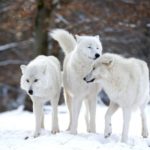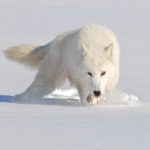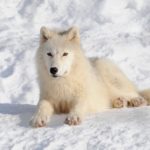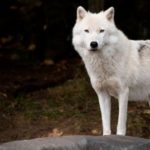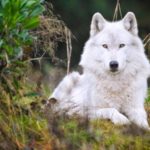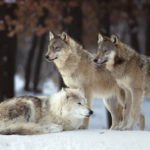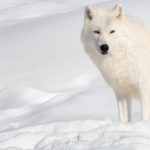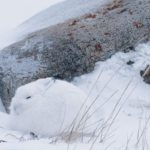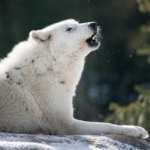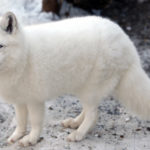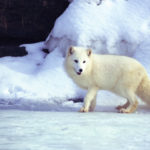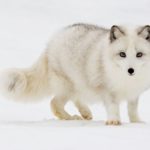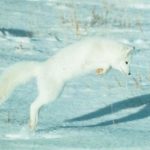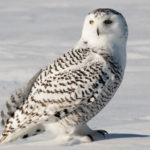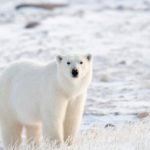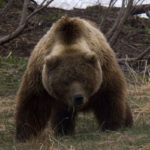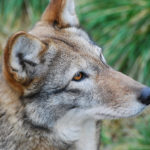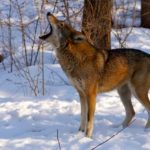Arctic wolves
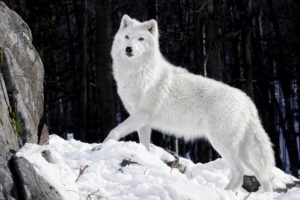 The habitat of the arctic wolf (polar wolf) is a vast expanse of polar regions, submerged almost half a year into the darkness of the polar night and characterized by a harsh climate. To be able to survive in such conditions, the wolf had to adapt to the food system, which includes any feed that it can extract. He was able to adapt well to the Arctic life: he lives for years at sub-zero temperatures (rarely warmer than 30 ° C), does not see sunlight for five months a year and without food for weeks.
The habitat of the arctic wolf (polar wolf) is a vast expanse of polar regions, submerged almost half a year into the darkness of the polar night and characterized by a harsh climate. To be able to survive in such conditions, the wolf had to adapt to the food system, which includes any feed that it can extract. He was able to adapt well to the Arctic life: he lives for years at sub-zero temperatures (rarely warmer than 30 ° C), does not see sunlight for five months a year and without food for weeks.
The adult wolf reaches a length of 100-150 cm, and its height at the withers is usually 65-80 cm, the maximum weight is 80 kg. Arctic wolves got one of the most barren territories of our planet as their habitat, where they are fed by polar hares and lemmings – representatives of the largest group of animals living here. But for the survival of a flock of wolves, and in a larger prey.
In winter, when the temperature is lowered, all small animals hide under the snow, while musk oxen and reindeer go farther south in search of food. Wolves have to follow them, waiting for the moment for an unexpected attack. In the open space of the tundra, it is difficult to hide to be invisible.
Flocks of arctic wolves consist of a dozen individuals, including only direct relatives: parents, their last litter and individual individuals remaining from previous litters. Most often, the leader of the pack is the alpha male, and his female is in the hierarchy to beta. The remaining members of the pack obey them.
Leaders demand unconditional obedience from subordinates, and those express their obedience humbly pressing themselves to the ground or lying on their backs. Collisions to the blood between wolves occur extremely rarely. With their wailing wolves give information and other flocks to avoid encounters that can lead to fights for territory or females. Only young males become solitary wolves who are looking for their own place, where they can organize a new flock.
